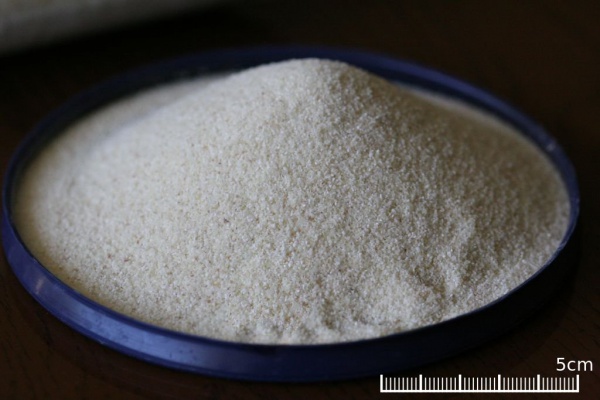Facts About Semolina
Semolina is a coarse flour made from durum wheat, commonly used in dishes like upma, pasta, and couscous. It is also favored for making sweet treats. Interestingly, "semolina" can also refer to coarse flour derived from grains such as rice and maize. The term originates from the Italian word "semolino" and semolina is primarily utilized in pasta-making.
The production of semolina involves modern milling techniques where grooved steel rollers separate the wheat's endosperm from the bran and germ. The endosperm particles are then finely ground into flour. Wheat semolina has a pale yellow color and is a key ingredient in couscous. When made from other grains, it retains the same name.
Globally, semolina is used in a diverse array of dishes. In savory recipes, countries like Germany, Italy, North Africa, and India incorporate semolina into their cuisine. For sweet dishes, it is popular in the United States, Europe, the Middle East, and South Asia. In baking, semolina helps prevent sticking and adds a delightful crust to bread.
Each nation has its own unique semolina dishes. For instance, Germany enjoys Grießknödel, Italy is known for Gnocchi alla Romana, and the Middle East savors harisa. For desserts, South Asia enjoys halwa, Greece offers halvas, and Turkey delights in helva. Additionally, semolina can be used in baking as a substitute for cornmeal or mixed with flour for making bread.

 Syria
Syria